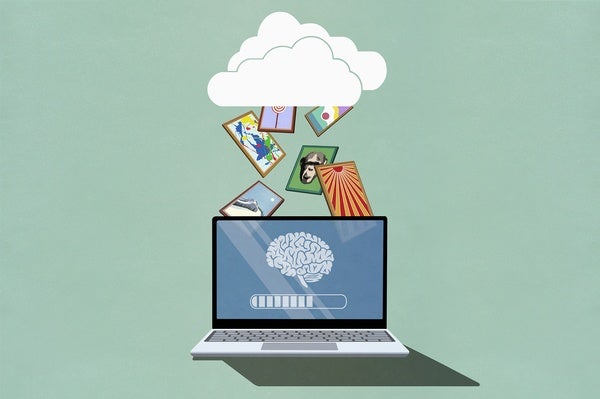 |
| November 21, 2023 |
Large artificial intelligence models, such as the one that powers OpenAI's ChatGPT, can require massive amounts of code and training data. While that size helps the AI produce impressively human-like text, it also weighs the program down. "As models have gotten bigger, they've also become more unwieldy, energy-hungry and difficult to run and build," tech reporting fellow Lauren Leffer writes in this week's featured story. This is why some developers are experimenting with slimmed-down AI systems—which are still capable of surprisingly strong performances. |
| | Sophie Bushwick, Associate Editor, Technology
| |
 |
| |
| |
| |
| Defense The New Nuclear Age The U.S. is beginning an ambitious, controversial reinvention of its nuclear arsenal. The project comes with incalculable costs and unfathomable risks | | | | |
| Energy This Biophysicist 'Sun Queen' Harnessed Solar Power Hungarian-American biophysicist and inventor Mária Telkes illuminated the field of solar energy. She invented a solar oven, a solar desalination kit and, in the late 1940s, designed one of the first solar-heated houses | | By Johanna Mayer,Katie Hafner,The Lost Women of Science Initiative | | | |
| |
| |
| |
| |
| QUOTE OF THE DAY
 "A recent study found that human children absolutely crush AI tools in basic problem-solving and thinking tasks, with scientists determining that AI has one serious blind spot: innovation." Maggie Harrison, Futurism | |
FROM THE ARCHIVE
 | | | |
LATEST ISSUES
 |
| |
| Questions? Comments?  | |
| Download the Scientific American App |
| |
| |




















